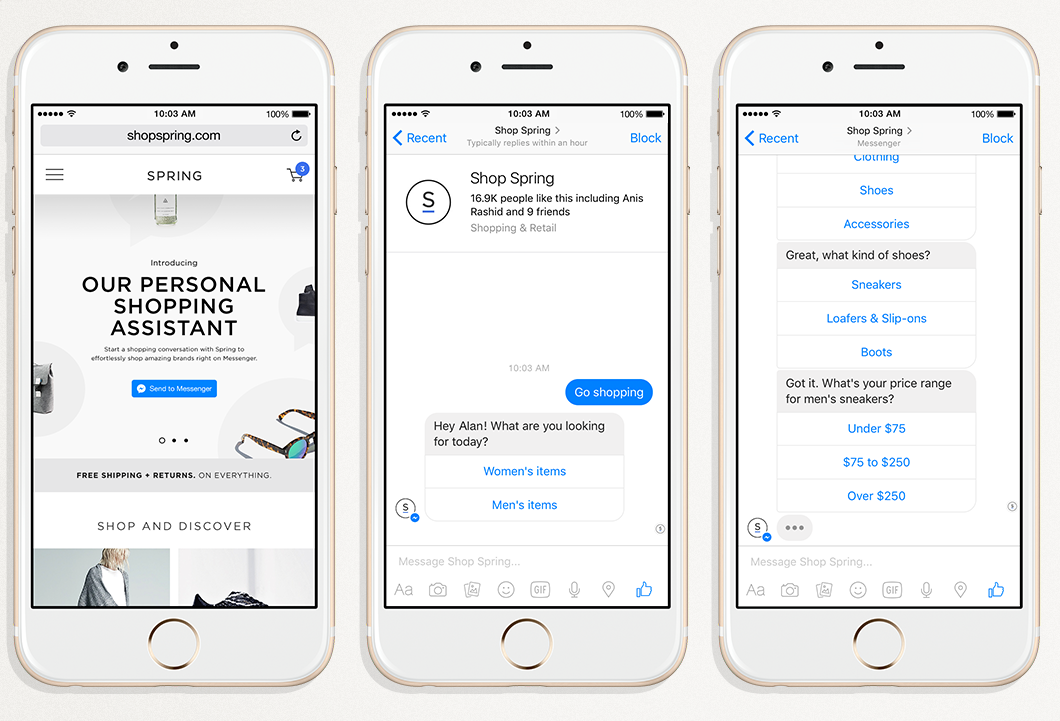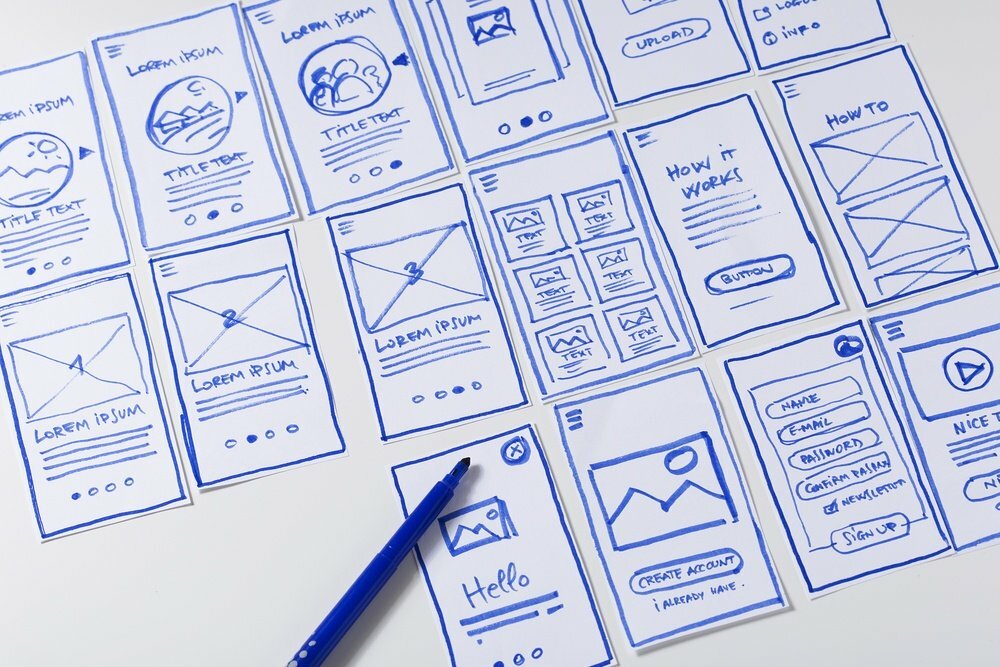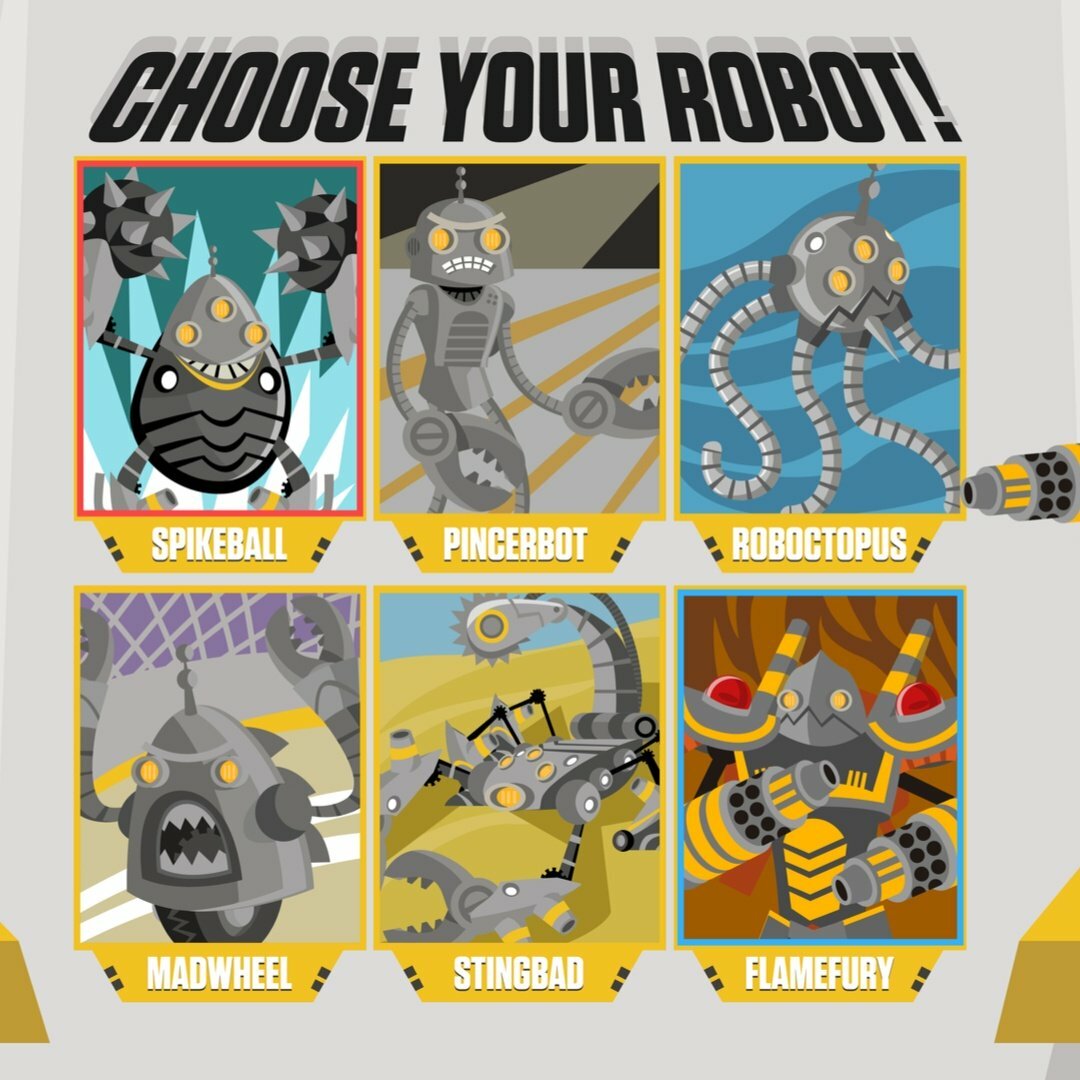27 insights about Chatbots from Customer Contact Week’s Special Report

Customer Contact Week (CCW) recently released a special report on Chatbots. It details how businesses could implement chatbots in ways that are good for both business and customers, both automation and customer engagement. Since chatbot integration can feel daunting, the folks at CCW developed a framework to help us through it. This post offers a summary of those insights.
But, first, a note.
Sendbird’s Commentary: Chatbots when conversation is essential to the transaction
Chatbots will be implemented most successfully where conversational transactions once took place (e.g. shopping online vs. in-store) or needs to take place now. For example, using a chatbot to distribute data to customer agents, might not be as efficient as a search function or report. But customer support, for example, can be a sweet spot, where conversation is necessary for both the call center and its digital transformation into a combination of chatbots, support chat, and agents.
I think we’ll see the best use-cases where conversation is core to the transaction. In a separate article we write how eCommerce, Travel, Collaboration, Concierge, and Marketplaces seem to be the most promising here. All these transactions are fundamentally based on conversational exchange.
Your company can successfully employ a chatbot with the right planning and integration. Customer Contact Week’s report is an excellent guide.
The following is an in-depth summary of the report.
To optimize your chatbot integration:
- Identify your business’s objectives and the specific objective for the chatbot.
- Next, find the bot best-suited to that particular objective.

To achieve these two goals, CCW developed a 3-part framework:
- Phase 1: Determine whether your business goals align with your goals for the chatbot. What value do you hope to achieve? Do these primary goals and values align with the key reason for implementing a chatbot?
- Phase 2: Determine how a chatbot could improve the customer experience and help your business reach its key objectives. Do you want it to optimize a customer’s route to a solution? Do you want it to automate simple actions? Do you want it to connect with customers? Do you want to use it to study your customer’s needs or pain-points? Do you want to empower your employees?
- Phase 3: Find the right chatbot according to its requisite capabilities and NOT by searching for a particular type of bot.

Virgin Mobile UAE improved their CSAT with Sendbird Desk.
Phase 1: Do your primary business goals align with the goals of the chatbot?
Here are 5 objectives your chatbot could achieve:
- Reduce the volume of your customer interactions. Customers who interact with a business tend to have a problem they’d like to resolve. You can reduce your interaction volume by giving the customer the right tools to solve the issue itself.
- Reduce the effort required by your customer to solve an issue. The chatbot could either direct the customer to the most relevant information for their problem or deliver contextual details to an agent to reduce the friction during a customer service interaction.
- Bots might align your customer’s preferred channel with your business’s preferred channel. Let’s face it. It’s more convenient for a business to solve a customer issue with a FAQ than a customer phone call. Bots could bring the customer and business together in the same channel–e.g. A chat interface.
- Optimize the operations of your contact center. Route your customer to the right person the first time, send automated responses to your agents, give context to your customer interactions, and segment your leads in your CRM software.
- Generate revenue through automated sales. Up-sell to your customers automatically. Send them discounts or use a bot to automatically renew a subscription.
Do any of these objectives align with your business goals? Then, congratulations! You like to cut costs and increase revenue like everyone else! But is it really right for you business? Move on to Phase 2.

Phase 2: Can you implement the chatbot to improve your user experience? To benefit your business?
5 ways to implement a chatbot to improve user experience and to benefit your business
- Use the chatbot to route the customer to the right agent and route the appropriate information to the right agent.
- Use the chatbot to facilitate a transaction, or automate simple actions.
- Engage your customer through a conversational bot who can connect with the customer or express personality.
- Let the chatbot be your eyes and ears. Use it to send the correct information to the agent or use it to understand your customer’s pain point and needs.
- Chatbots may improve company work processes in the following ways: queue management, call transfers, post-call work and reporting, knowledge base navigation, issue resolution, technical helpdesk requests, vacation requests, learning and development, meeting scheduling, performance management, and so on.
Given the potential benefits, do they outweigh any foreseeable costs? Who will be the bot administrator? Who will process the performance data? How long will it take to ramp up to a seamless user experience? Will the bot be adequately trained and will you have to buy training data? All these questions and more could point to costs. It’s important to weigh these concerns with the potential benefits.
Great! Ready to choose your bot?

Phase 3: Determine which bot capabilities you’d like, rather than picking a bot by type
- What channel do you want your bot to operate? Web or mobile chat, social media, SMS, e-mail, a physical product (like Google Home or Amazon Alexa), or a chat and messaging application.
- How proactive would you like your bot? There are bots that alert people or send information, or sales bots to engage a customer when they land on a page, or a conditional bot that could engage a customer depending on certain behaviors.
- How autonomous? Do you need it to automate certain actions or simply assist?
- Do you need it to monitor operational performance?
- Do you want it to provide data analysis about your customers or points in the customer’s journey?
- Do you want to your bot to have a personality?
- Do you want it to facilitate collaboration or manage team calendars? Slackbots are becoming popular and are a good tool for collaboration.
- Do you need to distribute data to your customer service agents in digestible and actionable ways?
- Do you need a bot to integrate into your CRM?
- Do you need bots trained on industry specific data?
4 Conditions to help optimize your bot environment:
- Journey mapping – Prepare for your bot interactions by mapping out where the bot will encounter the customer or agent. Anticipate where the bot will meet the most trouble or friction.
- Training the bot – Your bot will need quality data to train itself on a specific function or industry. Find the right data to help your bot generate actionable items
- Training your agents – If bots handle simple situations, your agents will need to prepare for more complicated situations and emphasize human connection.
- Scalability – use your bot to automate simple actions so you can push your business beyond the limits of the unaided service or agent
Now, go forth! And use this guide to help you decide about and think through your bot integration.










